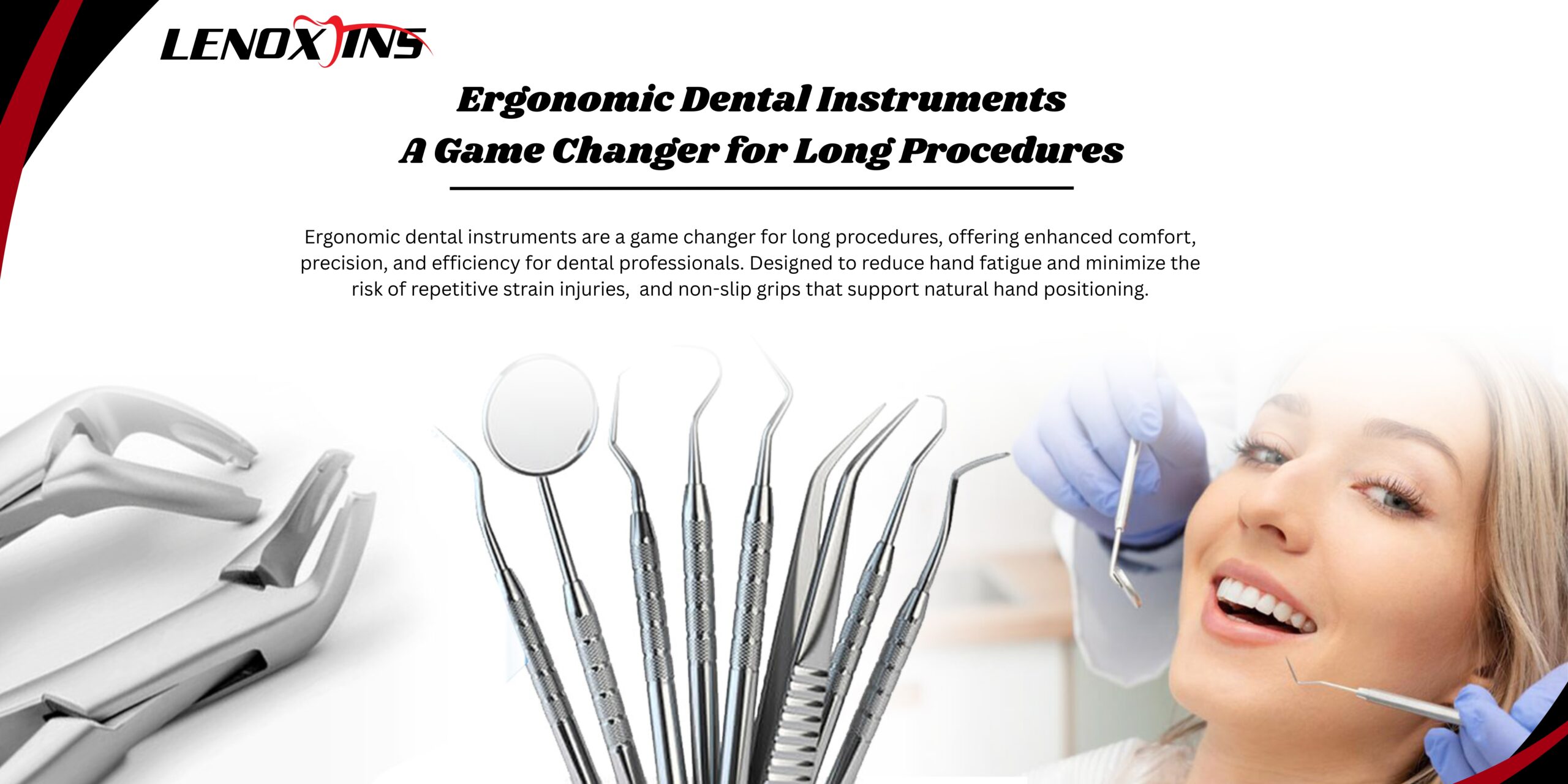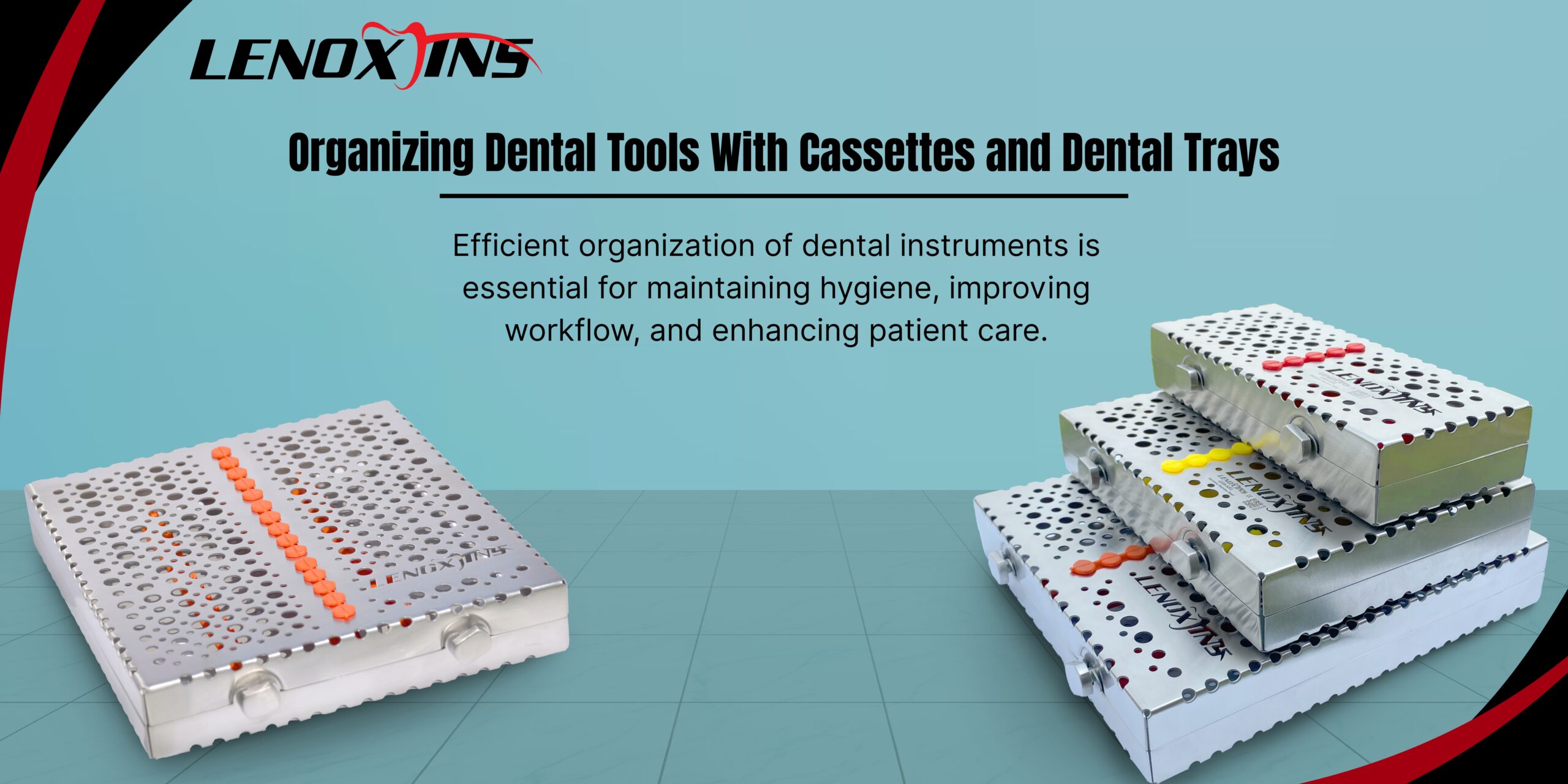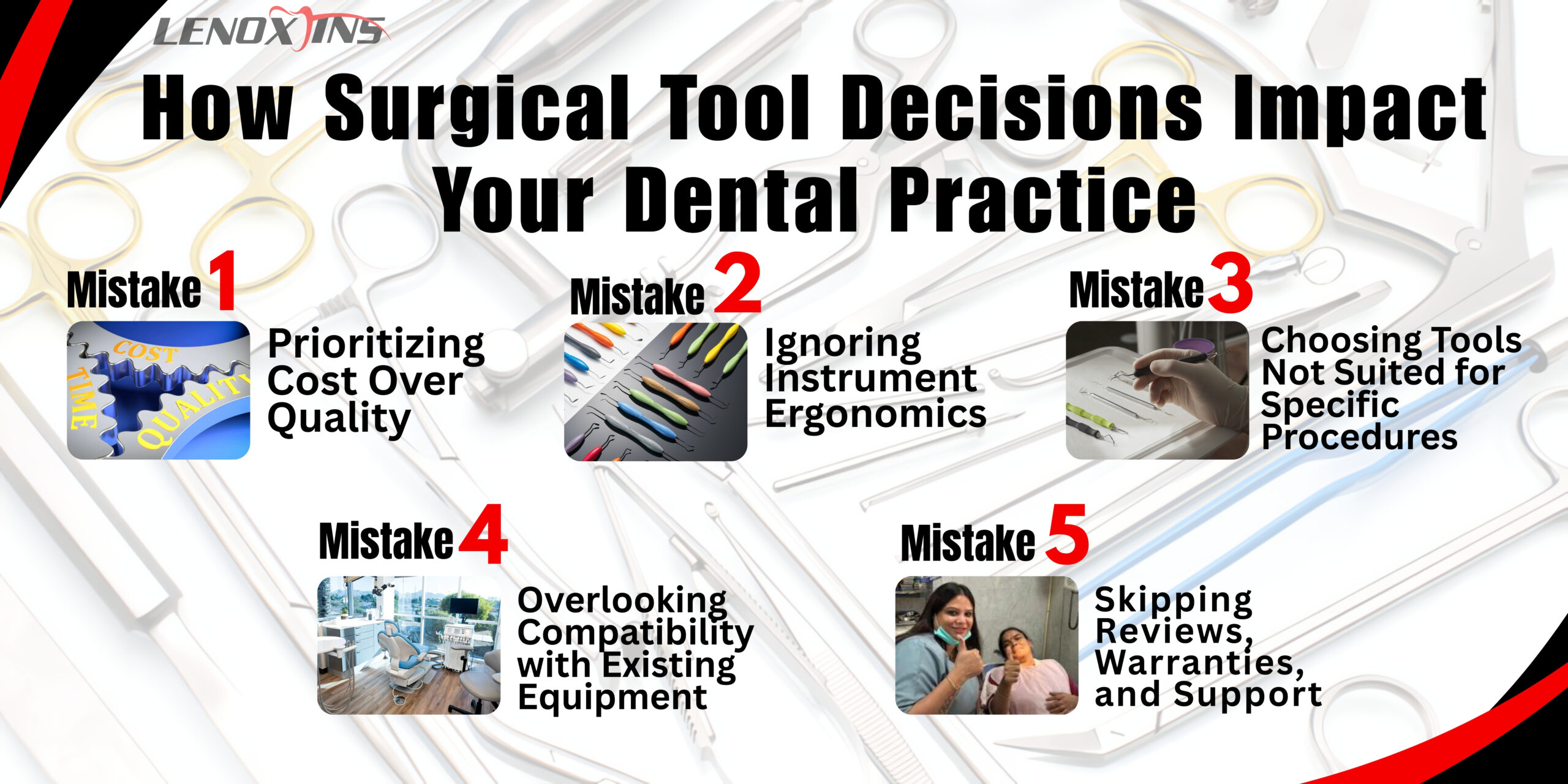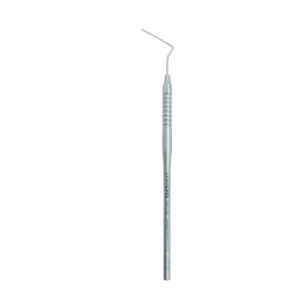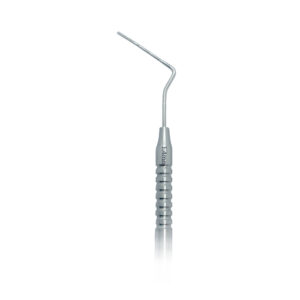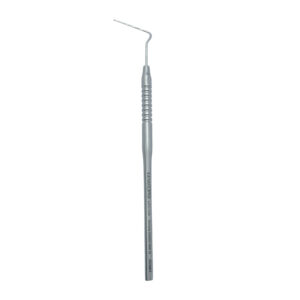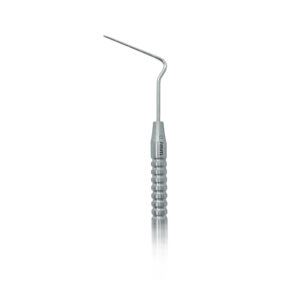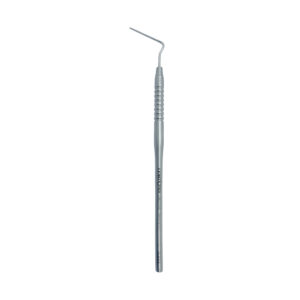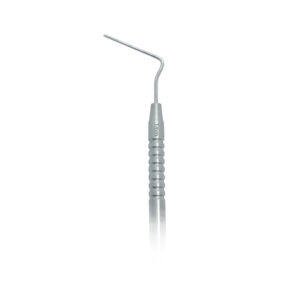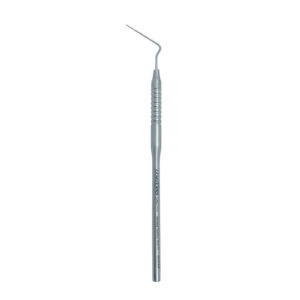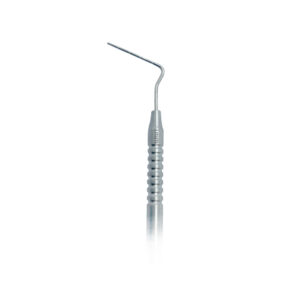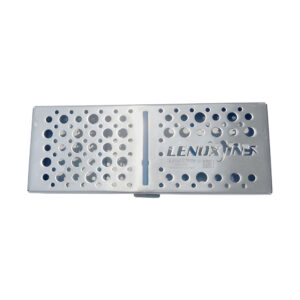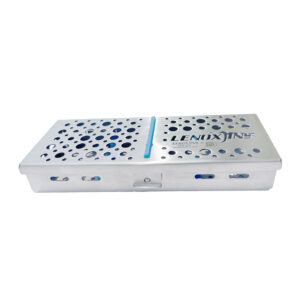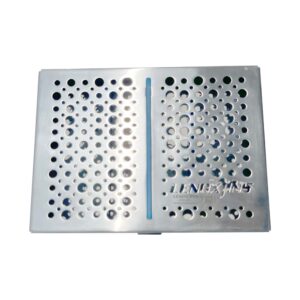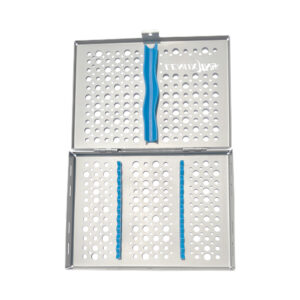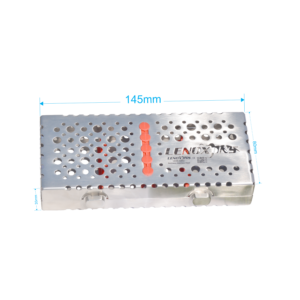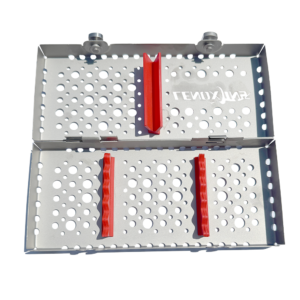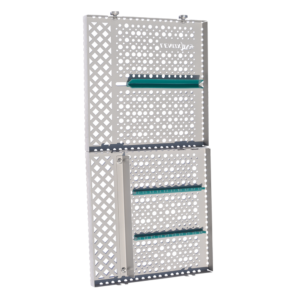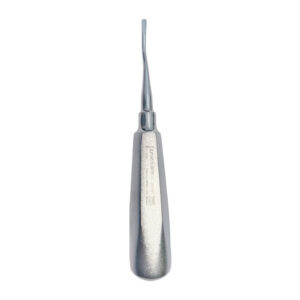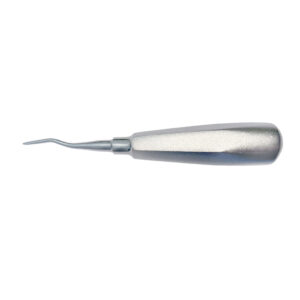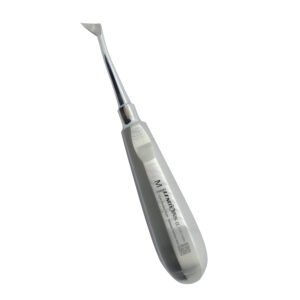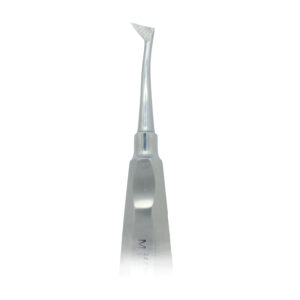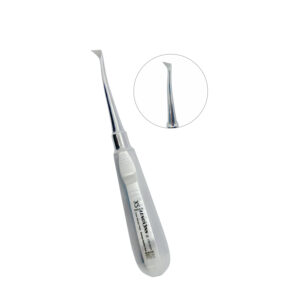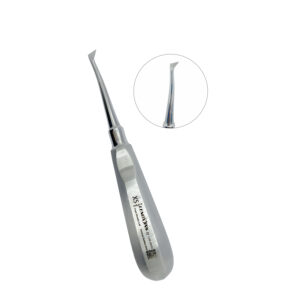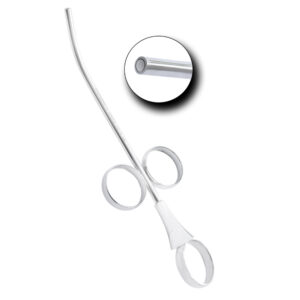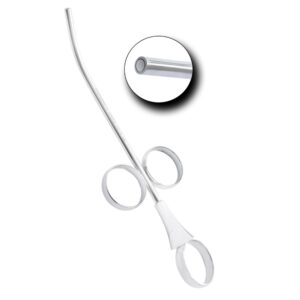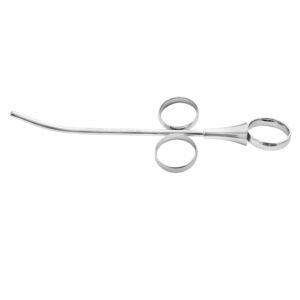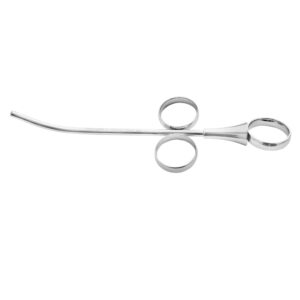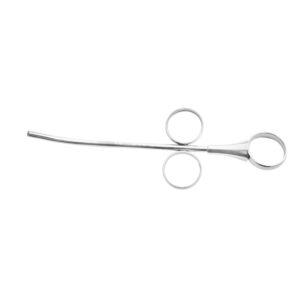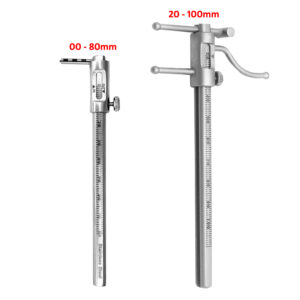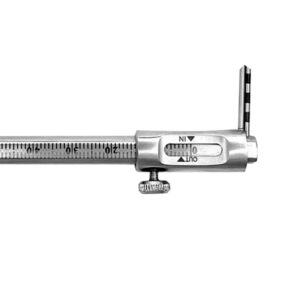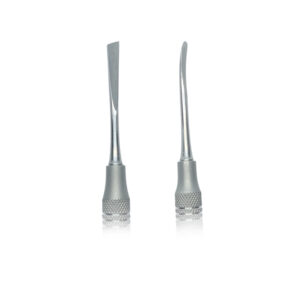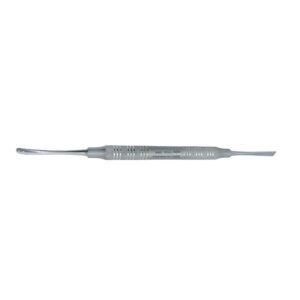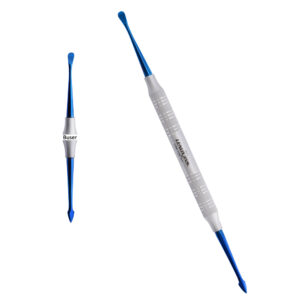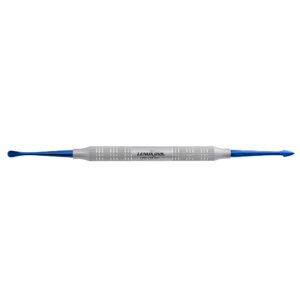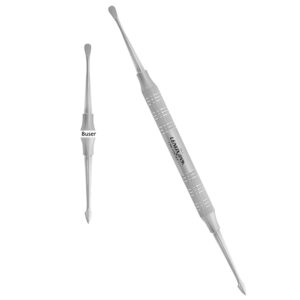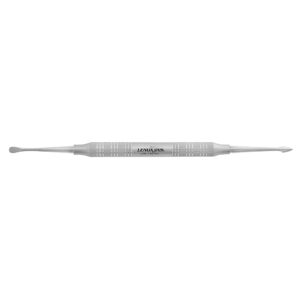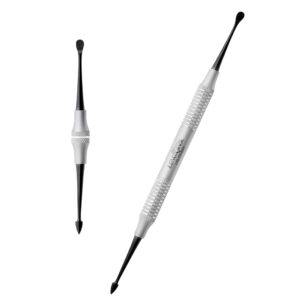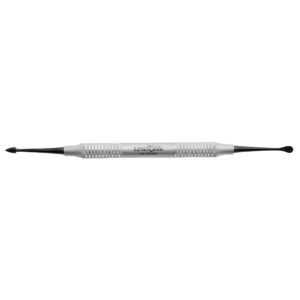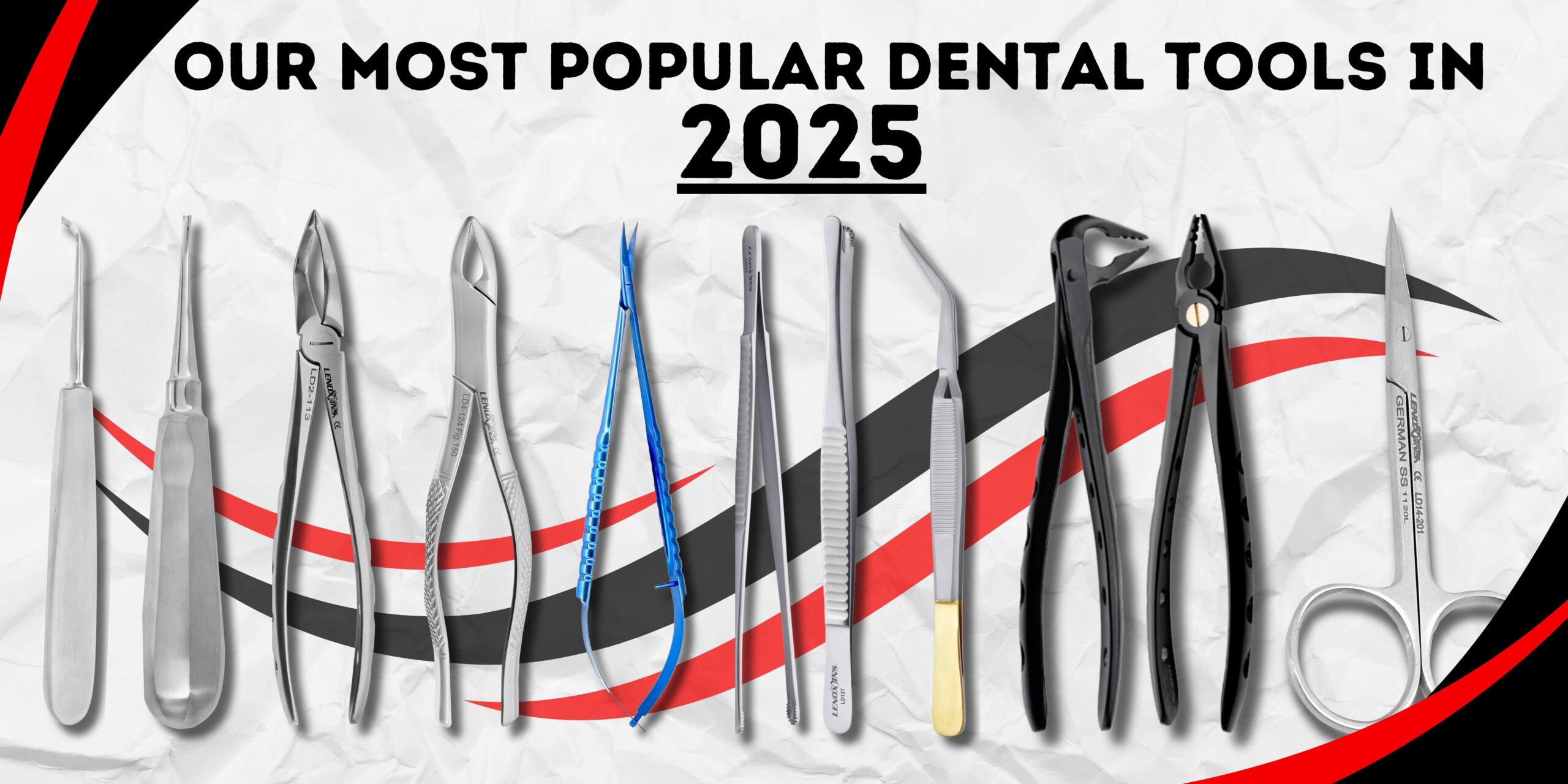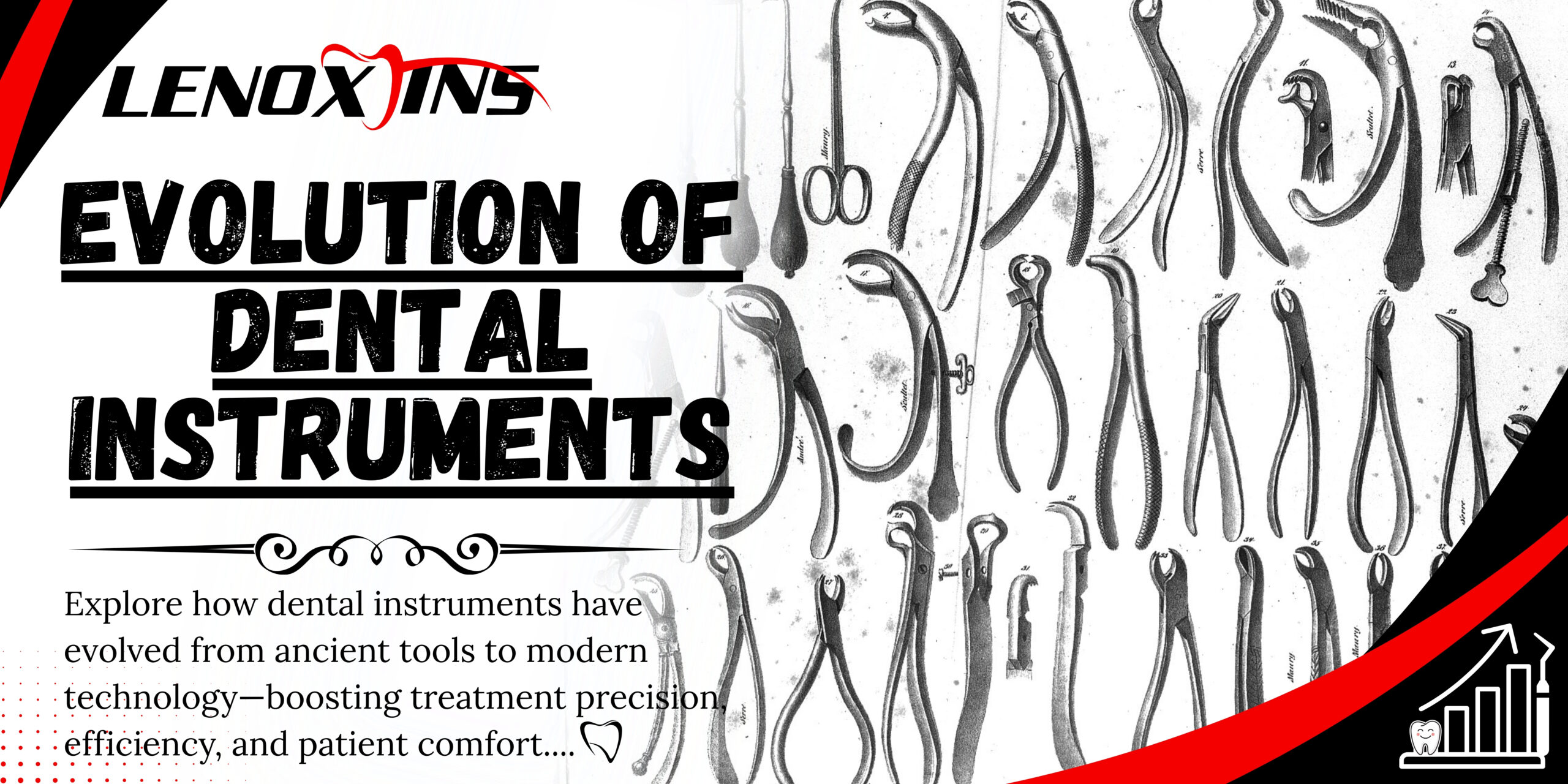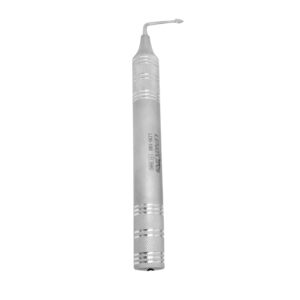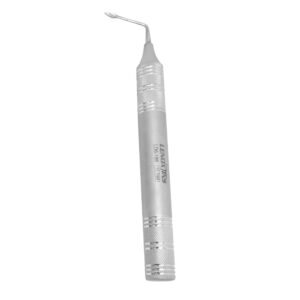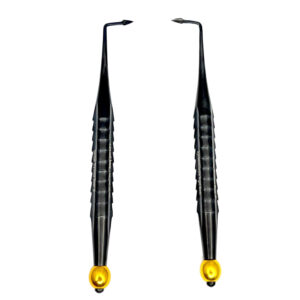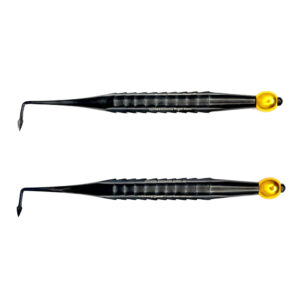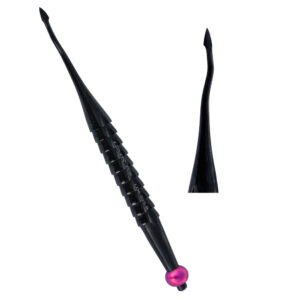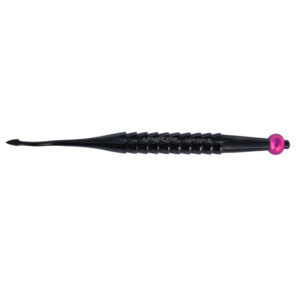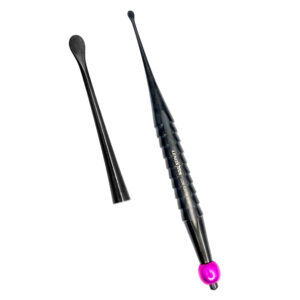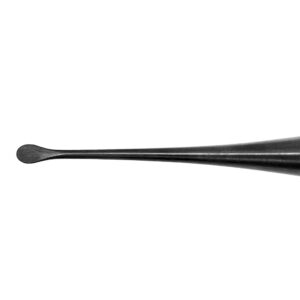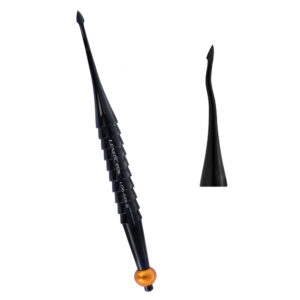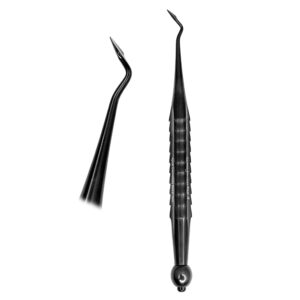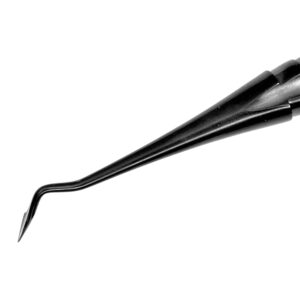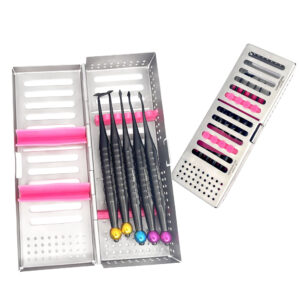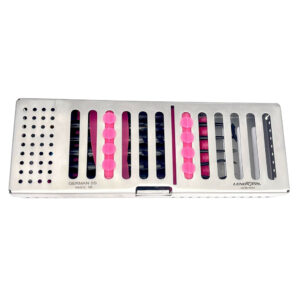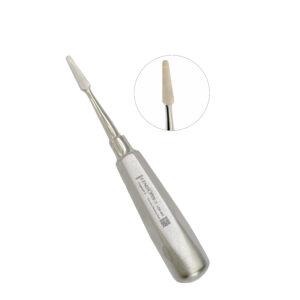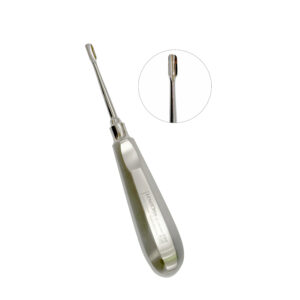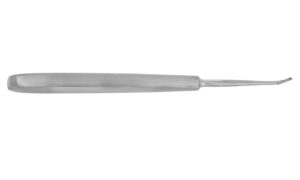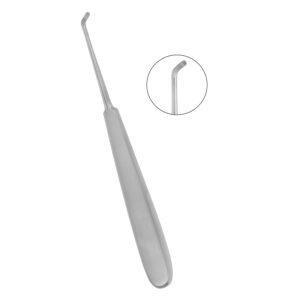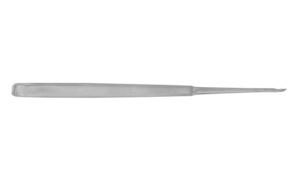Ergonomic Dental Instruments: A Game Changer for Long Procedures
- Posted June 16, 2025
- by 104
Ergonomic Dental Instruments: A Game Changer for Long Procedures
Introduction
Dentistry demands precision and efficiency, yet long procedures impose significant physical challenges. Dentists often suffer from back pain, neck strain, and shoulder fatigue, issues linked to repetitive motions and static postures. This article examines these challenges and explains how ergonomic dental instruments can reduce strain, prevent injuries, and improve practice efficiency. By adopting tools designed to lessen stress on the neck, back, and shoulders, dental professionals can extend their careers and enhance job satisfaction. The following sections cover the physical demands of dentistry, the features of ergonomic instruments, top devices available, and the benefits of switching. Guidance is also provided on selecting the right instruments and understanding the long-term return on investment from prioritizing comfort.
The Physical Demands of Dentistry
Working in confined spaces with high precision can lead to significant physical challenges. Dentists often endure musculoskeletal issues due to prolonged awkward postures maintained during detailed procedures.
Common Musculoskeletal Issues Among Dentists
Chronic neck pain, back pain, and shoulder discomfort are common among dentists due to static postures and repetitive hand movements. Studies indicate that up to 80% of dental professionals experience repetitive strain injuries (RSI). For instance, prolonged use of dental loupes without ergonomic support can worsen eye strain and contribute to cervical spine issues. Such discomfort not only affects performance but may also shorten careers if not addressed.
Why Long Procedures Exacerbate Strain
Extended procedures force practitioners into static positions, increasing pressure on the spine and limb muscles. This can lead to poor circulation, muscle fatigue, and added stress on the vertebrae. Continuous repetitive motions, such as scaling or drilling, intensify strain in the upper extremities, causing pain in the hands, wrists, and elbows. Even minor adjustments in posture and technique can alleviate some of this strain.
The Need for Ergonomic Awareness in Clinical Settings
Awareness and application of ergonomic principles are vital in clinical settings. Redesigning instruments, adjusting workflows, and incorporating posture training have been shown to reduce absenteeism and boost productivity. Practices that monitor signs of fatigue and adapt work routines—such as taking regular breaks and using ergonomically designed tools—tend to create healthier and more sustainable work environments.
What Makes an Instrument Ergonomic?
Ergonomic dental instruments are engineered to enhance comfort and reduce physical stress during procedures. Their design is critical to ensuring precision and protecting against injury.
Handle Design and Grip
A well-designed handle ensures a secure, comfortable grip that reduces hand fatigue. Soft-touch materials and contoured shapes help lower the force needed during use, significantly decreasing the risk of repetitive strain injuries and enhancing tactile feedback for precise work.
Weight Distribution and Balance
Proper weight distribution minimizes excessive pressure on any part of the hand or arm. Balanced instruments provide smoother movements and reduce localized stress, an essential factor during delicate tasks like composite placement or restorative work.
Vibration and Pressure Reduction
Ergonomic instruments incorporate vibration-dampening technologies to reduce shock and tremors transmitted to the hand. Improved tool tip design also lessens the need for extra pressure during use, thereby cutting operator fatigue during high-speed tasks by up to 25%.
Top Ergonomic Instruments for Long Procedures
Using the right ergonomic tools can transform long procedures by increasing precision and reducing physical strain.
Handpieces with Anti-Vibration Technology
These handpieces feature dampening systems that minimize vibration, thereby enhancing control and accuracy even during extended use. Tests show a reduction of up to 35% in vibration transmission, which helps lower the risk of repetitive strain injuries.
- Example: Incorporation of anti-vibration handpieces has improved clinicians’ hand steadiness by 22% during dental crown preparations.
- Benefit: Superior precision and reduced fatigue.
Ergonomic Scalers and Curettes
Designed with contoured handles and balanced weight distribution, these instruments promote natural wrist movement and even force distribution. Their design minimizes pressure on the fingers and wrist, improving clinician endurance during periodontal procedures.
- Example: Using ergonomic curettes has been shown to extend clinician endurance and reduce procedure time by 15%.
- Benefit: Enhanced efficiency in periodontal care with less operator strain.
Composite Placement and Restorative Tools
These tools are designed for optimal balance and stability, allowing precise maneuvers during restorative work. Modified handles and improved grip textures reduce scrubbing motions that cause fatigue and ensure high-quality restorations.
- Example: Ergonomically designed composite instruments have resulted in a 28% improvement in placement accuracy.
- Benefit: Superior restorative outcomes with reduced physical exertion.
Benefits of Switching to Ergonomic Dental Instruments
Ergonomic instruments offer significant advantages for both practitioners and patients by reducing physical strain and enhancing treatment outcomes.
Reduced Operator Fatigue
By distributing weight evenly and reducing vibrations, ergonomic instruments allow longer work periods with less discomfort. This reduction in fatigue leads to higher productivity and fewer work interruptions.
- Example: Practices report up to a 30% decrease in fatigue after switching to ergonomic instruments.
- Benefit: Increased work efficiency and lower risk of long-term musculoskeletal issues.
Increased Precision and Control
Enhanced grip and decreased vibration enable more precise movements, which is especially important in fine motor skill procedures like endodontic therapy and composite restorations. Improved control directly benefits both treatment quality and patient safety.
- Example: A dental practice observed a 25% increase in restoration accuracy after adopting ergonomic tools.
- Benefit: Better clinical outcomes and reduced need for corrections.
Lower Risk of Career-Ending Injuries
Chronic musculoskeletal injuries, such as tendonitis and carpal tunnel syndrome, can be minimized by using ergonomically designed instruments. The natural hand and arm motions promoted by these tools help prevent debilitating injuries, extending a dentist’s career and reducing sick days.
- Example: Incorporating ergonomic practices has been associated with up to a 40% reduction in injury rates.
- Benefit: Long-term preservation of clinicians’ health.
How to Choose the Right Ergonomic Instruments for Your Practice
Choosing the appropriate instruments involves considering the type and duration of procedures, as well as gathering feedback from the dental team.
Evaluate Procedure Frequency and Duration
Assess how often and how long procedures are performed to determine which tools will be most beneficial. Practices that endure extended procedures benefit greatly from instruments that minimize vibration and the need for constant grip adjustments.
- Example: A practice with prolonged procedures may see significant efficiency gains with ergonomically designed handpieces.
- Benefit: Tailored instrument selection addressing everyday needs.
Consider Staff Feedback and Preferences
Involve the entire dental team to gather practical insights about daily tool usage. Regular surveys and team meetings can highlight discomfort issues and suggest improvements, ensuring that new instruments are well received and effectively used.
- Example: Feedback surveys have shown 85% of dental professionals prefer ergonomic scalers over conventional ones.
- Benefit: Enhanced team satisfaction and smoother transitions.
Look for Reputable Brands and Tested Designs
Select instruments from manufacturers with a proven track record. Products that are rigorously tested and come with trial periods or demonstrations allow practices to assess real clinical benefits before making long-term commitments.
- Example: A practice choosing a well-reviewed brand with anti-vibration technology noted a significant reduction in upper limb discomfort.
- Benefit: Confidence in quality and efficacy.
Final Thoughts: Comfort Is an Investment, Not a Luxury
Switching to ergonomic dental instruments is more than a convenience—it is a strategic investment in long-term career longevity and practice efficiency. Reduced operator fatigue, increased precision, and a lower risk of injury all contribute to improved patient care and overall productivity. By prioritizing comfort, dental practices ensure that the tools used today protect practitioners’ health for years to come.
Frequently Asked Questions
Q: What are ergonomic dental instruments? A: They are tools designed with enhanced grip, balanced weight distribution, and vibration-dampening features to reduce fatigue and improve precision during dental procedures, preventing chronic musculoskeletal injuries.
Q: How do ergonomic instruments improve long procedures? A: They reduce physical stress from repetitive motions and static postures by minimizing vibration and evenly distributing weight, which decreases muscle fatigue and enhances control during extended procedures.
Q: What types of dental instruments benefit most from ergonomic designs? A: Handpieces with anti-vibration technology, ergonomic scalers, curettes, and composite placement tools benefit greatly due to features like contoured handles and balanced weight.
Q: How can a dental practice choose the right ergonomic instruments? A: Practices should evaluate the frequency and duration of procedures, solicit feedback from the dental team, and select instruments from reputable brands with proven ergonomic benefits. Trial periods can also help assess comfort and effectiveness.
Q: Are ergonomic dental instruments expensive compared to traditional ones? A: They may have a higher upfront cost, but their benefits in reducing fatigue and preventing injuries often result in long-term savings through improved efficiency and reduced sick leave.
Q: Can switching to ergonomic instruments really improve treatment outcomes? A: Yes, increased precision and stability from ergonomic instruments lead to more accurate work, better aesthetic results, and overall higher patient satisfaction.
Q: How long does it take for the benefits of ergonomic instruments to become evident? A: Many benefits are noticed almost immediately, while significant long-term improvements typically appear over several weeks to months as reduced fatigue builds up.
| Instrument Type | Key Feature | Benefit | Example Improvement |
|---|---|---|---|
| Anti-Vibration Handpieces | Vibration-dampening technology | Reduced operator fatigue | 35% less vibration transmission |
| Ergonomic Scalers & Curettes | Contoured handle design | Lower risk of hand strain | 30% decrease in grip fatigue |
| Composite Placement Tools | Balanced weight and grip | Increased restoration accuracy | 25% improvement in placement |
| Restorative Instruments | Optimized balance and material | Enhanced precision | More consistent clinical outcomes |
| Ergonomic Loupes | Lightweight with improved optics | Reduced neck and eye strain | Improved visual acuity and comfort |
Before integrating new tools, dental professionals should review detailed technical specifications and comparative studies. The table above summarizes key ergonomic instrument types and their benefits. An investment in ergonomics enhances clinical precision and overall productivity. Dental practices are encouraged to pilot these tools and gather feedback to determine the most effective solutions.
In summary, ergonomic dental instruments improve work quality and reduce strain, allowing for longer, healthier practice sessions. Their advanced design enhances precision and minimizes the risk of chronic injuries, making them essential for a sustainable dental career.
Final Thoughts
Switching to ergonomic dental instruments is a strategic investment that pays dividends in reduced strain and enhanced precision. These tools meet the physical demands of long procedures, ensuring sustainable performance and higher-quality patient care. By incorporating ergonomic solutions, dental practices can prevent career-ending injuries and boost clinical efficiency. Embrace ergonomic innovations today for long-term success and improved practitioner well-being.

